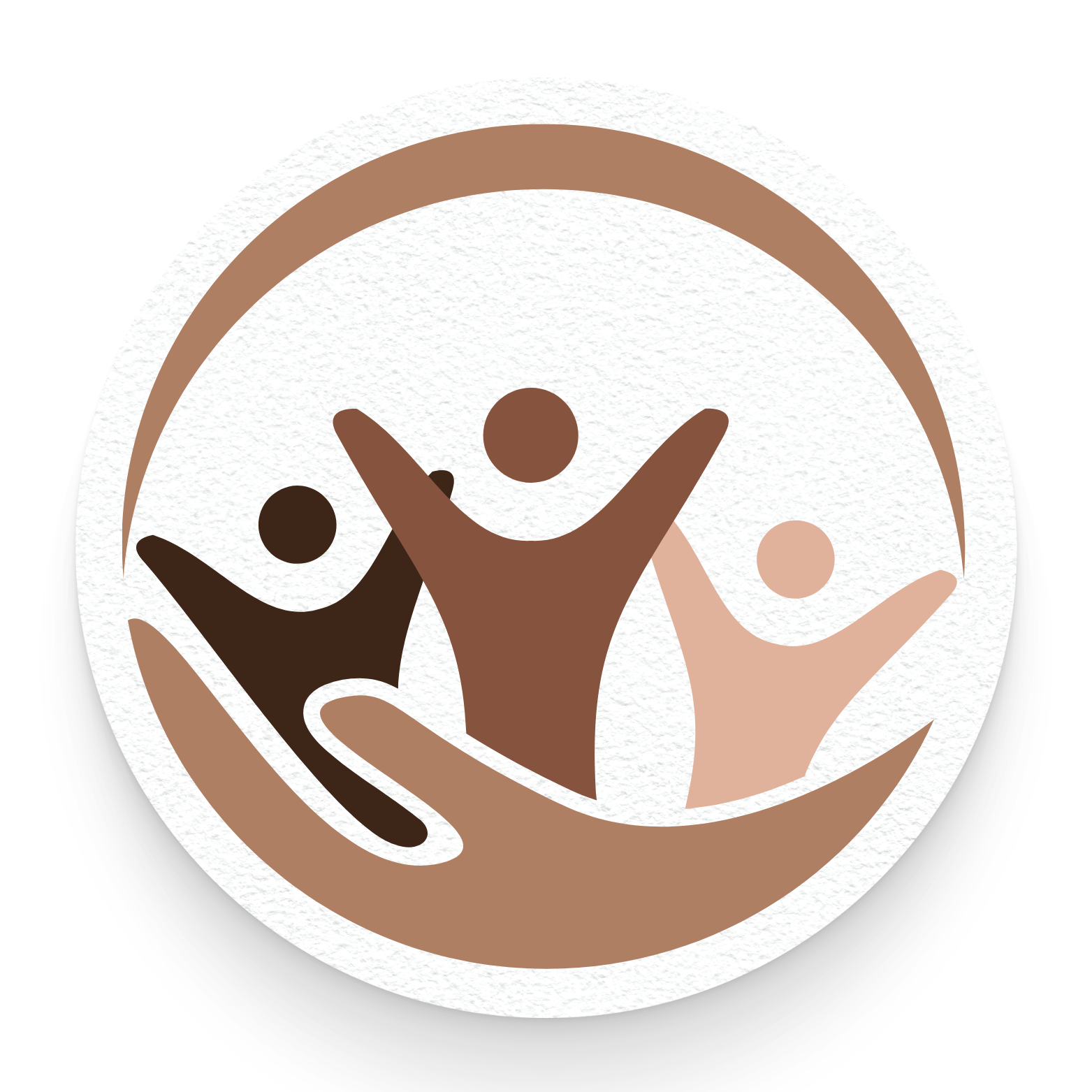Childhood Rare Diseases for Children of Color Introduction
- lakeianard
- Mar 20, 2024
- 2 min read
Childhood rare diseases can affect children of all backgrounds, including children of color. It's essential for families and communities to understand these conditions, their impact, and available resources for support. This fact sheet aims to provide information tailored to children of color and their families. What are Childhood Rare Diseases? Childhood rare diseases are conditions that affect a small percentage of the population, often characterized by complex medical needs and challenges. These diseases can impact various aspects of a child's health, development, and quality of life. Common Childhood Rare Diseases: - Sickle Cell Disease: A genetic blood disorder that primarily affects people of African, Hispanic, Mediterranean, and Middle Eastern descent. - Cystic Fibrosis: A genetic disorder that primarily affects people of European descent but can also impact individuals of African, Hispanic, and Asian descent. - Duchenne Muscular Dystrophy: A genetic disorder that affects muscle strength and movement, impacting children of all ethnic backgrounds. - Tay-Sachs Disease: A rare genetic disorder more common in people of Ashkenazi Jewish, French Canadian, and Cajun descent. - Spinal Muscular Atrophy (SMA): A genetic disorder that affects the motor neurons, impacting children of all ethnicities. Challenges Faced by Children of Color with Rare Diseases: - Limited Access to Healthcare: Some communities of color may face barriers to accessing specialized healthcare services and resources for rare diseases. - Cultural and Language Barriers: Language and cultural differences can impact communication with healthcare providers and understanding of treatment options. - Socioeconomic Factors: Socioeconomic disparities may affect access to treatments, medications, and support services for children of color with rare diseases. Support and Resources: - Patient Advocacy Groups: Organizations such as the Sickle Cell Disease Association of America and the Cystic Fibrosis Foundation provide support, advocacy, and resources for children and families affected by rare diseases. - Community Support: Local community organizations, churches, and cultural groups may offer assistance, support networks, and educational resources for families navigating childhood rare diseases. - Healthcare Navigation Assistance: Social workers, patient navigators, and healthcare advocates can help families access healthcare services, navigate insurance, and find support programs. Empowerment and Awareness: - Education and Advocacy: By raising awareness about childhood rare diseases in communities of color, we can empower families to advocate for their children's needs and access resources for support. - Cultural Sensitivity: Healthcare providers and organizations should strive to provide culturally sensitive care and resources that address the unique needs of children of color with rare diseases. Conclusion: Children of color with rare diseases face unique challenges, but with education, support, and advocacy, they can thrive and overcome obstacles. By raising awareness and empowering families, we can work towards improving outcomes and ensuring equitable access to care for all children affected by rare diseases.
Additional Resources:
[Sickle Cell Disease Association of America] - (https://www.sicklecelldisease.org/)
[Cystic Fibrosis Foundation] - (https://www.cff.org/)
[National Organization for Rare Disorders (NORD)] - (https://rarediseases.org/)






Comments